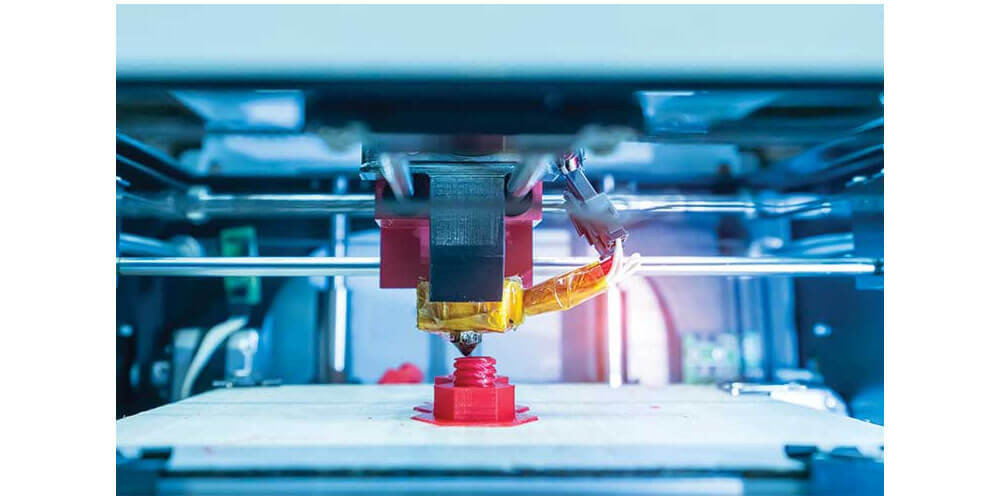Rapid prototyping is the process of fabricating a part or model of an object using a 3D Computer-Aided Design (CAD). The creation of the 3D models is usually quick and is concluded using 3D printing. Prototype services offer significant benefits to both the designer and the customer. Designers can provide new concepts to a client while the client incorporates their design into the design models. The versatility of rapid prototyping makes it useful in many applications across industries like aerospace and medicine. In this extract, we look at the different classifications of rapid prototyping.
Classifications of Rapid Prototyping
The various kinds of rapid prototyping produce products that can be described in two ways: high-fidelity and low-fidelity prototypes. The first type is when the design matches the final product completely. In low-fidelity, the design and end product slightly differ. They include powder-based, liquid-based, and solid-based.
1. Powder-Based
a. Selective Laser Sintering (SLS)
It uses additive manufacturing technology where materials are deposited layer by layer to create parts. Layers of powder are layered using a high-power laser, heated, and sintered to form a prototype. Minimal labor is required for it to function, and less time is spent to complete the process. This increases the productivity levels of the experts; hence more and better design models are created. However, another method has to follow the SLS process since it has a rough surface and needs more work. It can be used with materials such as nylons, ceramics, and plastics.
b. Direct Metal Laser Sintering (DMLS)
It’s a 3D printing process that uses high power to melt and fuse material layers. It’s exclusively used with metals and metal alloys. DMLS is computer-controlled and directs the laser on the pattern to print. The laser heats the metal powder through metal laser sintering to below the melting point or selective laser melting, which means above the melting point. These processes fuse the powder creating a layer of solid. A new layer is then exposed, and the entire process starts again, which takes many hours or even days.
2. Solid-Based
a. Fused Deposition Modelling (FDM)
It is popular among desktop printers. A thermoplastic filament is melted within a printing nozzle barrel. A computer deposition program directs the layering of the liquid produced systematically. Some factors make this type of rapid prototyping ideal for developing products, such as affordability, ease of use, and quick.
b. Laminated Object Manufacturing (LOM)/ Sheet Lamination
It consists of a feed mechanism that takes a sheet to the building platform, a laser that cuts the sheet layer, and a heater roller that helps the layer bond by applying pressure. The thin laminates are usually cut using laser beams accurately to form a CAD pattern design. Objects are made by layering a particular part and bonding it on the previous one till it complete. It’s inexpensive and straightforward, unlike SLS.
3. Liquid-Based
a. Stereolithography (SLA)
It is the most used rapid prototyping technology since it was the first commercial 3D printing method. A photosensitive liquid is used then solidified in layers using computer-aided ultraviolet light to form plastic objects or parts. The material used is self-adhesive; hence it bonds the layers to create a 3D object.
Conclusion
Rapid prototyping was initially being used in the automotive industry but has diversified to multiple industries. It is a fast design process accomplished by additive manufacturing. The various types of this process use different materials, but all create a traced model prototype. They are beneficial to designers since they aid in design development before actual production is done.

